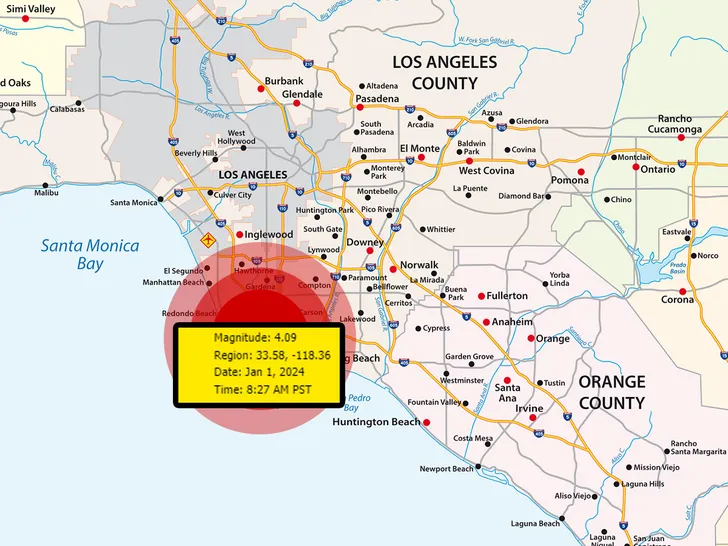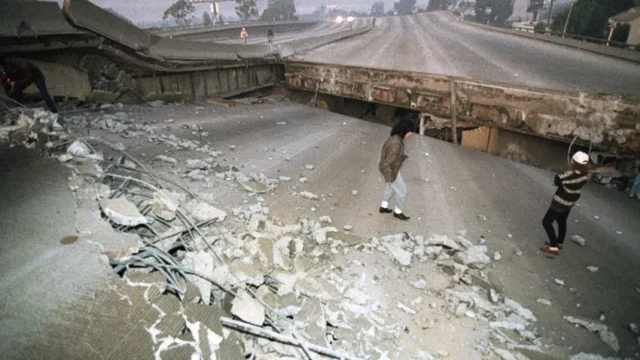In recent times, the 4.4 magnitude earthquake has struck a significant chord across Los Angeles and beyond. This temblor, which hit the area around Highland Park, has caused many to reflect on the earthquake preparedness in the Southern California region. Let’s dive into how this seismic event unfolded and what it means for residents and their safety.
Understanding the Impact
The earthquake that rattled Los Angeles on Monday was of a notable 4.4 magnitude. The seismic activity was detected around 12:20 p.m., with its epicenter located approximately 3 miles southeast of Highland Park. This quake was felt across a broad expanse of Southern California, reaching as far as San Diego and Ventura. Despite the intensity of the shaking, there were no immediate reports of significant damage.

Residents in Los Angeles and the surrounding areas received timely alerts on their phones, thanks to the region’s quake warning system. This early warning system proved its worth, similar to how it functioned effectively during the Bakersfield quake the previous week. The rapid notification allowed millions to prepare, albeit briefly, for the shaking to come.
The Role of Technology
In today’s digital age, technology plays a crucial role in our preparedness for seismic events. For those with iPhones, the MyShake app—developed by UC Berkeley and supported by the California Governor’s Office of Emergency Services—provides real-time alerts. This app, available to residents in California, Oregon, and Washington, is a part of the broader Wireless Emergency Alert system. Similarly, San Diego County offers the SD Emergency app, which features the ShakeReadySD tool, another key resource for earthquake early warnings.
These smartphones and apps are pivotal for those who have them, but what about people without such technology? Even if you don’t have a smartphone or haven’t installed early-warning apps, you can still receive quake alerts on cellphones. These alerts are sent through the Wireless Emergency Alert system, which operates much like Amber Alerts. However, these alerts are typically reserved for situations involving higher magnitude earthquakes or areas projected to experience higher levels of shaking.
Personal Experience and Preparedness
Reflecting on personal experience, the awareness and readiness brought by these warning systems are invaluable. Having witnessed several earthquakes in California, I can attest to the importance of early alerts. Whether it’s the L.A. basin or any other part of Southern California, being prepared for such events can make a significant difference in minimizing panic and ensuring safety.
Conclusion
The recent 4.4 magnitude earthquake that shook Los Angeles serves as a reminder of the importance of earthquake preparedness and effective warning systems. With the assistance of apps like MyShake and ShakeReadySD, along with the Wireless Emergency Alert system, residents are better equipped to handle these natural occurrences. Understanding how these systems work and the role of technology in providing timely alerts can help mitigate the impact of future quakes. Being prepared and informed ensures that we can better handle the unpredictability of earthquake events, keeping ourselves and our communities safe.





























